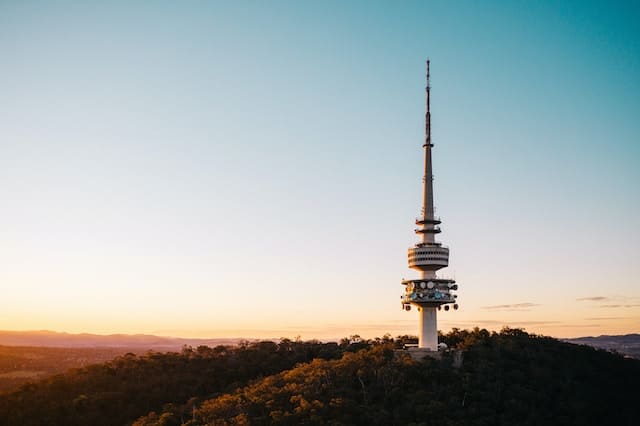There are 5 main ways to find 5G towers near you. If you want to jump to those right away here they are:
1. Ookla 5G Interactive Map and Towers Locator
4. Network Cell Info Lite (for Android) (FREE)
What is 5G and Why should I care about it?
5G is the fifth generation of wireless technology. It’s the next after 2G, 3G and 4G and is touted as the technology that will provide higher and faster transmission capacity.
This means 5G will hugely increase the millimeter wave and microwave radiation in the environment.
Additionally, it will use new frequencies that have not been declared “safe” by independent research, not associated with the wireless networks.
Since 5G includes higher millimeter waves, they will not travel as easily through buildings so 5G will deploy the use of millions of “small cell” antennas.
Lamp posts and utility posts across the country will be used to house the small cell antennas, which means radiation next to homes, schools, office buildings, shopping centers – everywhere 24/7.
This article will help you understand how to find 5G towers next to you so you can be educated about the risks of this new technology.
Recommended EMF Protection Products
- TriField EMF Meter Model TF2 (Amazon) – measures the 3 different types of EMF radiation, including RF radiation from routers and cell phones
- Wifi Router Guard Cover (Amazon) – blocks up to 90% of EMF radiation from router using a Faraday cage
- Smart Meter Guard Cover (Amazon) – blocks up to 98% of EMF radiation emitted from your smart meter
- EMF Protection Underwear for Men & Women – Lambs uses WaveStopper technology to block 99% of UV and Wireless Radiation.
- EMF Protection T-Shirts for Men & Women – Lambs independently lab tested material blocks 99% of UV and Wireless Radiation
How do I find 5G towers near me?
As mentioned before, there are 5 main ways to locate 5G towers near you. I’ll walk through each method starting with the most straightforward and easy to use.
1. Ookla 5G Interactive Map and Towers Locator
Ookla is the company behind the popular Speedtest site to test the speed of your internet connection.
Because they are in the business of providing transparency behind the performance of networks, they provide an interactive 5G map to track the rollout of the technology around the world.

Ookla updates their map weekly and offers information on 5G coverage for the entire world.
Let’s zoom in on the US.
The Ookla 5G Map
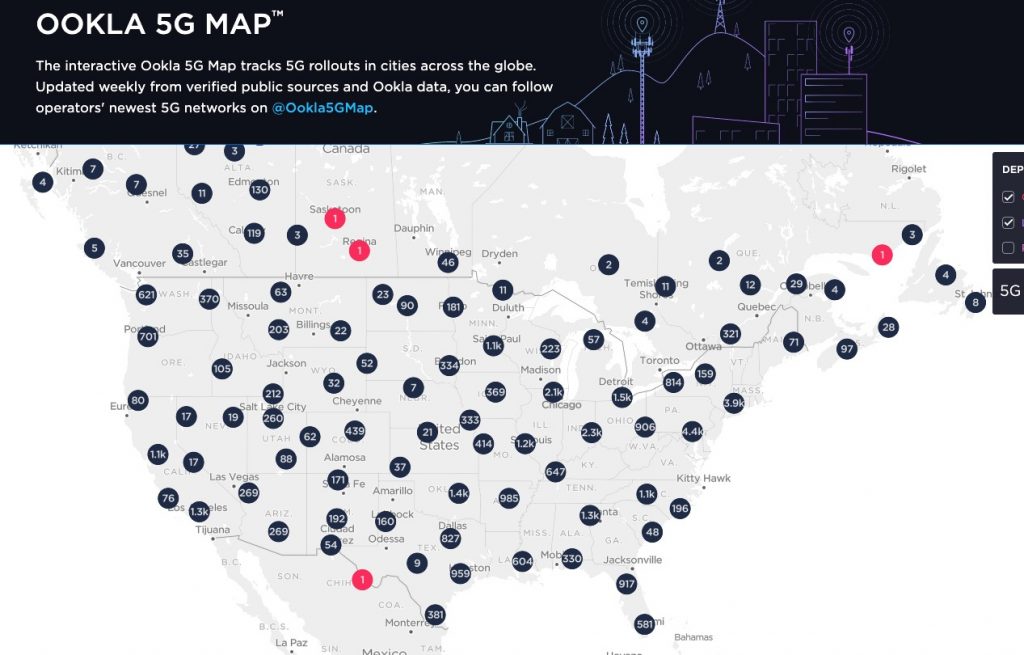
Keep zooming in until you get to your part of the country. I’ve brought the map in to Minneapolis, MN
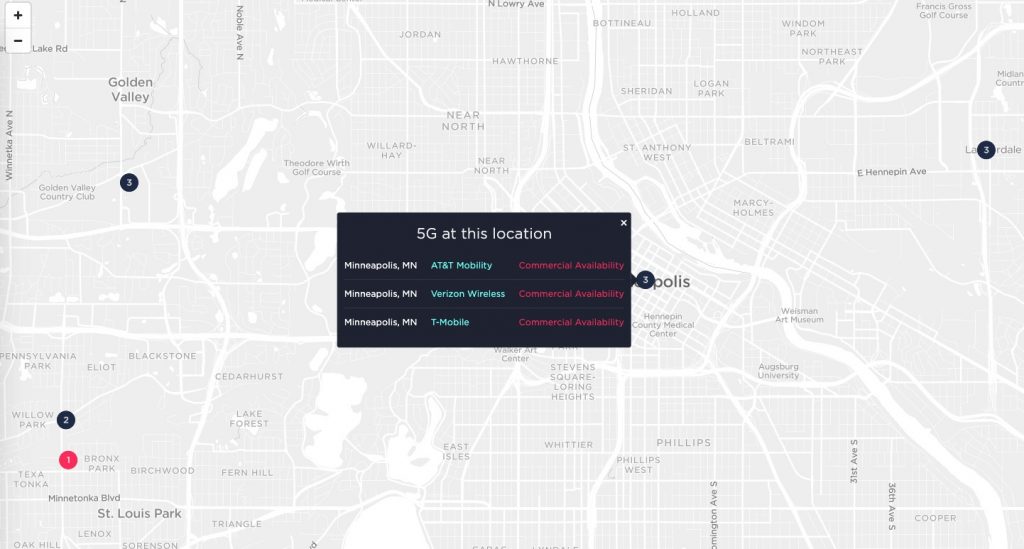
Here you can see there are 3 5G providers in the region – AT&T, Verizon and T-Mobile. But these are all commercially available.
Over on the side key, you can filter by deployment types: commercial availability, limited availability, and pre-release.
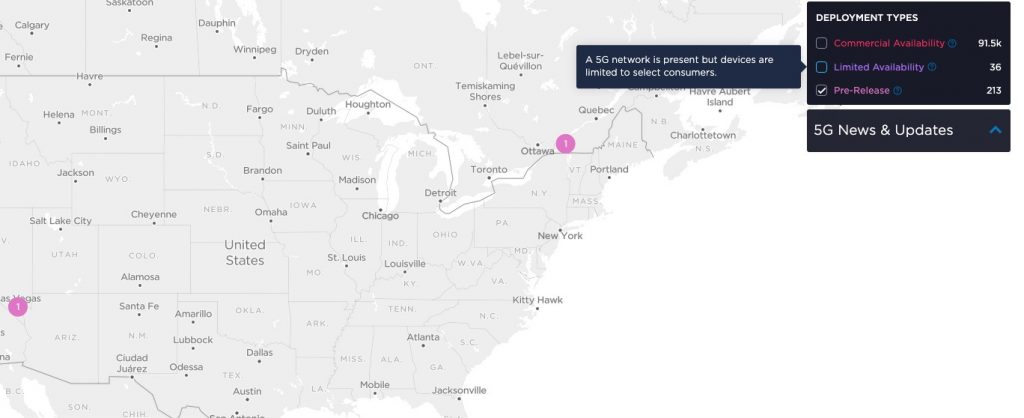
Per Ookla:
Commercial availability means a 5G network is present and devices are available for consumers to purchase and use.
Limited availability means a 5G network is present but devices are limited to select customers.
Pre-release means 5G hardware are in place but is currently in testing and/or not yet accessible to consumers.
Ookla does a great job of showing you which markets have commercial availability, or will soon. But it’s not very granular.
If we want to get more specific about where the towers are, you’ll want to check the carrier sites.
Let’s start with Verizon.
2. Verizon 5G Coverage Map
As soon as you land of the Verizon Coverage Map you’re given the entire United States map of 5G and 4G LTE coverage.
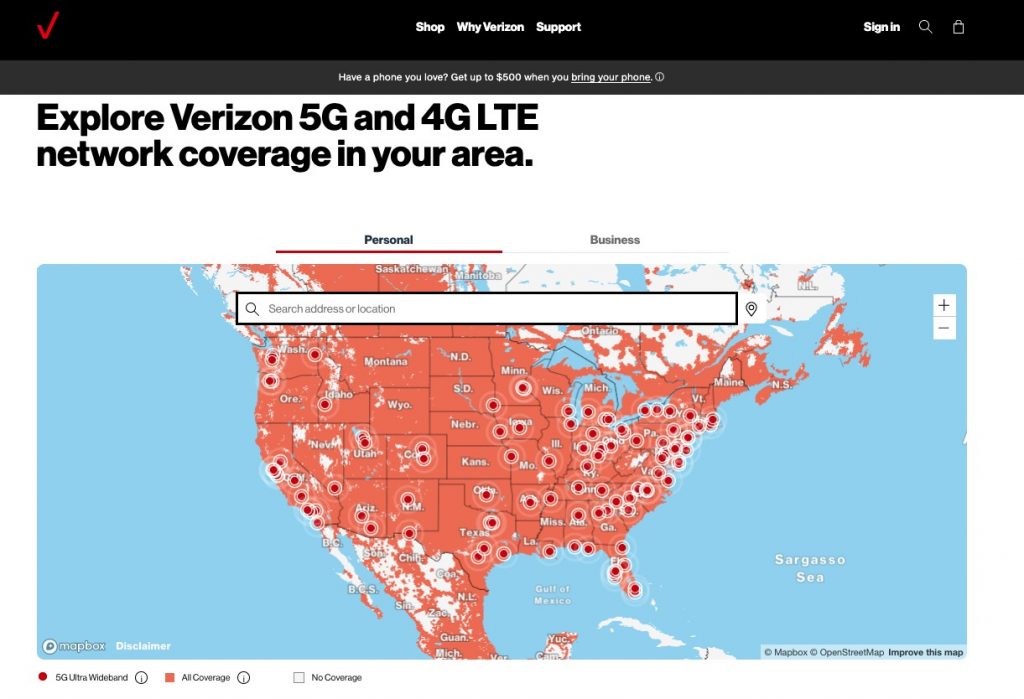
You can enter an address, city or just zoom in wherever you want on the map.
I’m going to go back to Minneapolis.
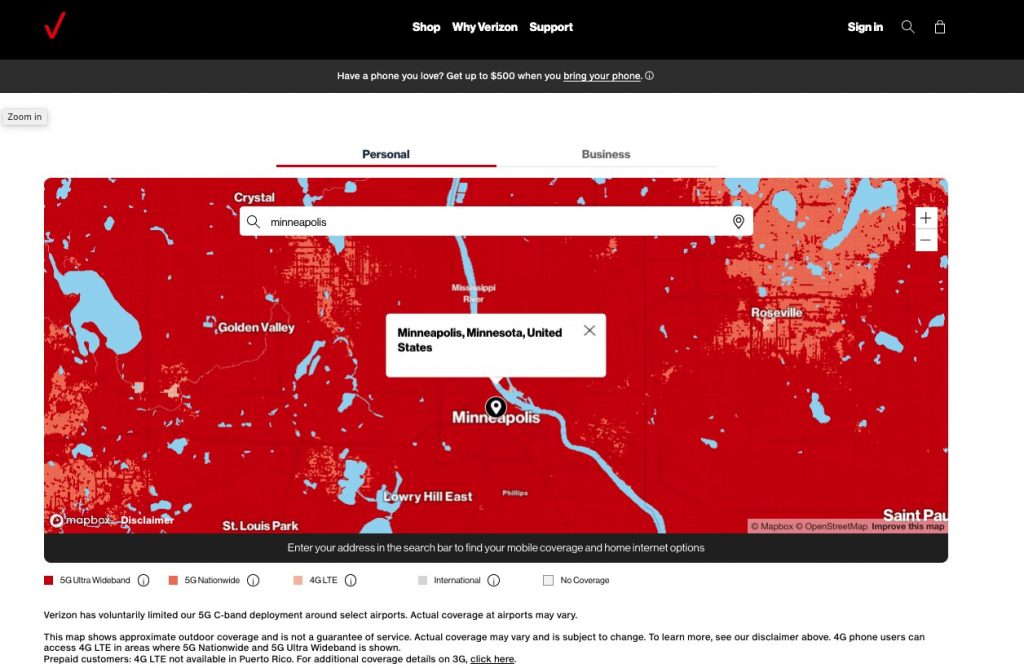
You can see from the color key at the bottom that 5G Ultra Wideband is pretty much blanketing Minneapolis.
It’s important to note that this map shows coverage, not necessarily where the towers are located. It’s safe to say that if you’re in an area that looks like the map above in Minneapolis, with the dark red coverage, the towers are around. But you’ll need to go in person to find the towers.
These antennas can be difficult to discern from the rest of the environment. They’re intended to blend in.
This video does a nice job of showing different examples of 5G antennas around Denver.
Let’s look at the T-Mobile Coverage map next.
3. T-Mobile 5G Coverage Map
The T-Mobile map is a little more granular than Verizon and shows 5G Ultra Capacity, 5G Extended Range, 4G and so on.
Let’s look at the Minneapolis region again on the T-Mobile map.
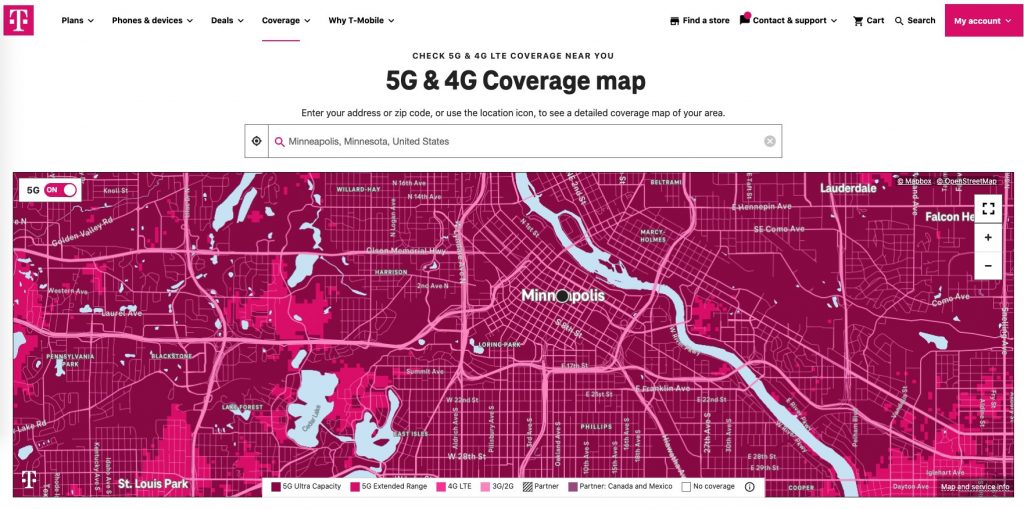
Again, you won’t see the exact location of 5G towers but instead know that if your area looks like this one, the towers are around you.
4. Network Cell Info Lite (for Android) (FREE)
Network Cell Info Lite is a free app available for Android users in the Google Play store.
This app has a lot of downloads and touts that you can locate the nearest and strongest cell tower.
You should be able to use this app to see nearby towers and it shows you which one you’re connected to.
If you know your area has 5G coverage but you’re unable to locate based on one of the coverage maps, this might be a good solution for finding the towers in person.
Here’s a video of the app in action.
5. CellMapper.net
This crowdsourced database of 5G tower map and locations.
Let’s go back to Minneapolis again.
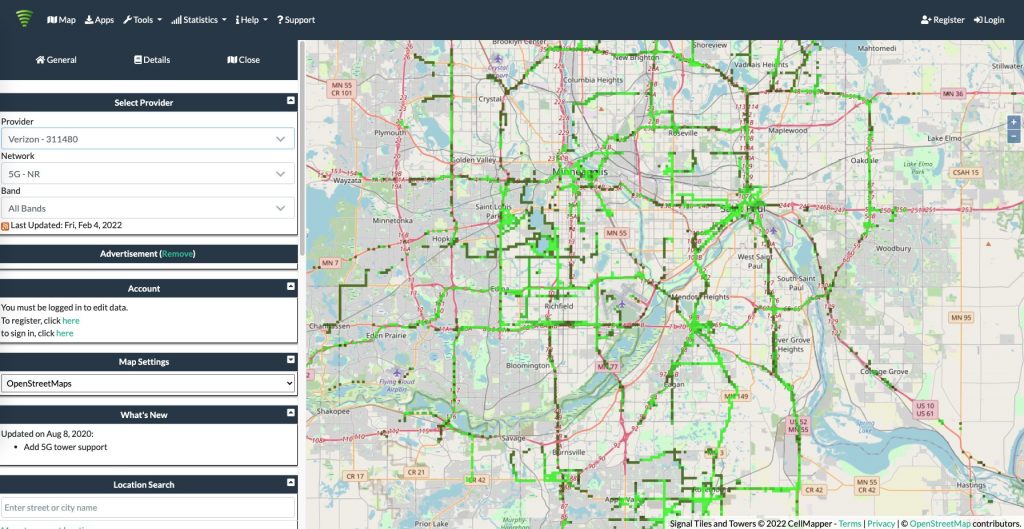
This is a little more confusing to read but does provide information about the location of 5G antennas.
One the left menu, select the provider. Here I have Verizon. At the date of this article, 2G, 4G and 5G are the Network options.
This map shows 5G – all bands.
The green towers have been physically identified by a contributor. You may see red dots – those indicate unconfirmed tower locations.
Although CellMapper isn’t the easiest option to use, it does give more pinpoint information about the actual location of 5G towers.
CellMapper also has an Android app.
How do I know if I have 5G in my area? Is 5G Near Me?
At this point, if you live in a major metropolitan area, you likely have 5G in your area.
To know for sure, or if you’re in a more rural area, start with the Ookla 5G Interactive Map and Towers Locator.
This will tell you which network providers, if any, offer 5G in your area.
From there, move over to the carrier specific sites and view the maps.
Like we covered earlier, the carrier sites aren’t great at showing you exactly where the 5G towers are and they blend in pretty well with the surrounding environment.
That’s when you can reach for tools like the Network Cell Info Lite if you are an Android user or CellMapper for a crowdsourced option (that doesn’t require the use of an app).
How far should you be from a 5G tower?
5G is here. Look at the maps above. And unfortunately, due to the nature of the short-range, high band technology, the radio waves only travel very short distances. Which might sound like a good thing except the companies blanket the area with the antennas for the coverage.
This means that if you have 5G in your area, the, “5G antenna around me” concerns are going to be plentiful.
But like all EMF radiation, the signal weakens with distance.
Also, the deeper you are in a building, the more attenuated the radiation risk will be as the waves struggle to get through walls and other barriers.
Of course, if you’re out in a rural area without 5G coverage, you don’t have these worries – unless and until the coverage reaches your area.
Should I be Concerned about 5G?
As I explained in the introduction, 5G hugely increases the millimeter wave and microwave radiation in the environment. In a scientific paper published in 2017 from the Department of Electrical Engineering at Georgia Southern University, a massive increase of radiation was observed:
“Our results show that 5G downlink RF fields generate significantly higher power density (PD) and specific absorption rate (SAR) than a current cellular system.”…Thus, when a larger phased antenna is used or when a user moves closer to the AP, the PD value becomes a major health concern which inevitably requires more research about health effects of 5G before it is deployed successfully by strictly following the RF emission standards.”
Many papers like this one, from independent researchers, not funded by the wireless industry, show many concerning health effects and hazards.
Can 5G Penetrate Walls?
One good thing about this technology is it uses higher millimeter waves that will not travel as easily through walls and buildings. However, to combat this, millions of “small cell” antennas will be used to blanket coverage.
Additionally, 5G technology uses beamforming to direct waves off and around objects to your phone. So outdoors, signals will reflect off buildings to phones.
Indoors, the beamforming bounces around surfaces to ensure signal but 5G does have a more difficult time penetrating deep into buildings.
How do I Reduce my Exposure to 5G?
As we’ve discussed, distance from any EMF radiation is attenuated or reduced by distance from the source.
If you can move away from an antenna or tower, that’s the best option.
Also, due to the short-range, high band waves, 5G technology struggles getting through barriers like walls and other building materials. If you’re bedroom and living spaces are located deeper within the home, that helps.
I have a full article on protecting yourself from 5G but the general takeaways are:
- The more distance from the source, the better
- Turn off your devices when they’re not in use (here’s an article on turning off wifi and one on why turning off your phone is important. It reduces radiation by many fold. Our iPhones emit radiation even when it’s turned off (Read about this)!
- You can consider getting an anti-radiation phone case for your iPhone for Android
5G in the Future
Despite some recent 5G delays due to the Federal Aviation Administration concerns about airline safety, the rollout is back in full swing. Here’s the status of the major carriers as of early 2022:
AT&T Current 5G State
Here’s AT&T’s 5G current coverage map. Coverage is in blue.
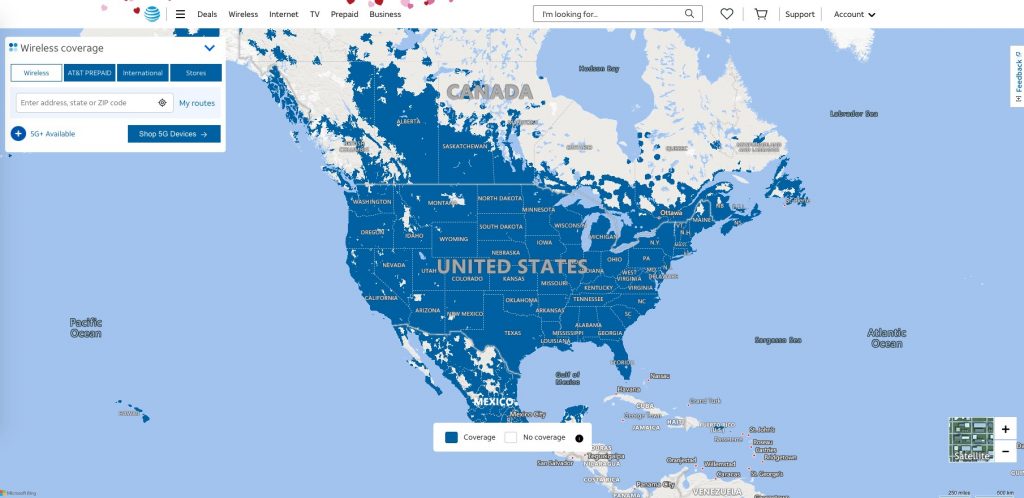
T-Mobile Current 5G State
“We’re continually deploying Ultra Capacity 5G in more places and are on track to have it deployed nationwide to over 200 million Americans by end of 2021.”
Here’s the T-Mobile current coverage map.
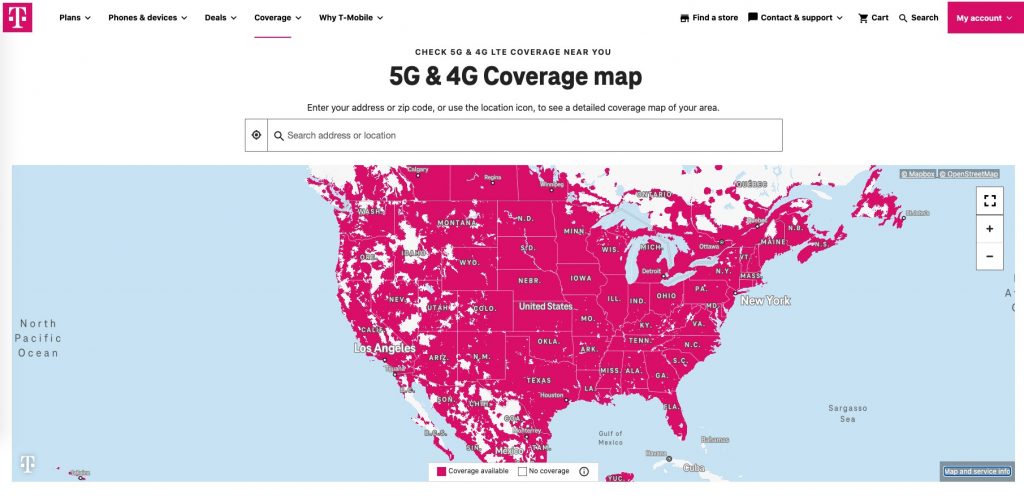
Note, this map provides 5G and 4G coverage with no way to discern just 5G.
Verizon Current 5G State
“Discover Verizon 5G Ultra Wideband near you in more and more cities. And with 5G Nationwide in 2700+ cities, covering 200 Million+, you can listen, stream, and video chat in 5G quality across the country.”
Here’s the Verizon current coverage map. The orange/light red is all coverage and the red dots indicate 5G Ultra Wideband coverage. You can see the red dots correlate with major cities across the US.
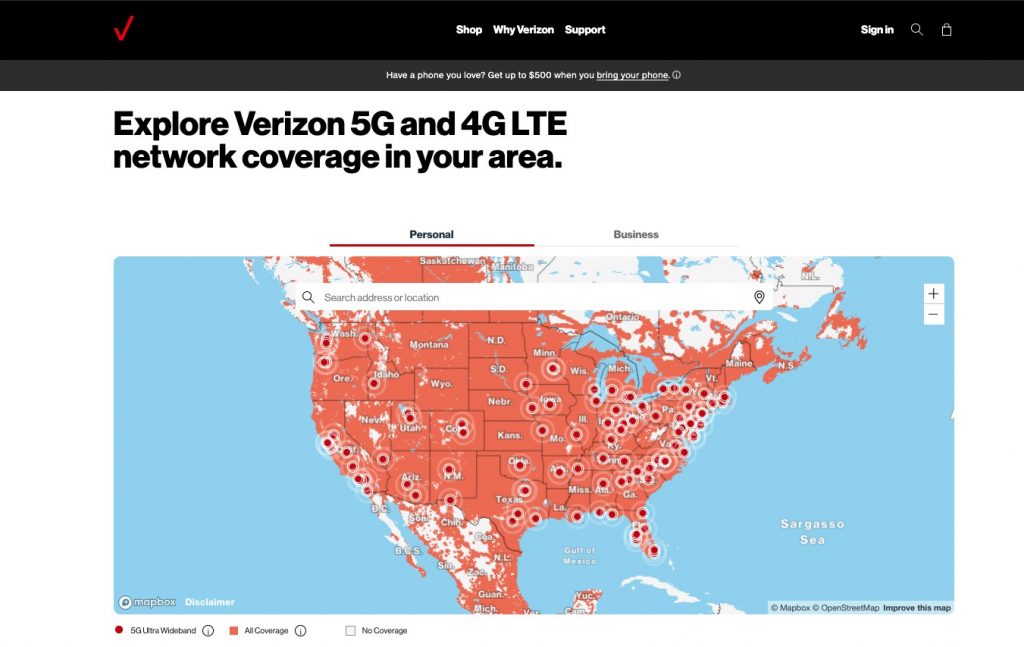
Conclusion
5G is here and it’s becoming more prevalent. Hopefully this article helps clear up how to find 5G towers near you and why you should care about them.
Our hope is reasonable measures will be taken for the safety of individuals after more independent research can assure us 5G and the radiation levels caused by RF-EMF – 2G, 3G, 4G, 5G and wifi all together – can be measured and mitigated to healthy levels.

